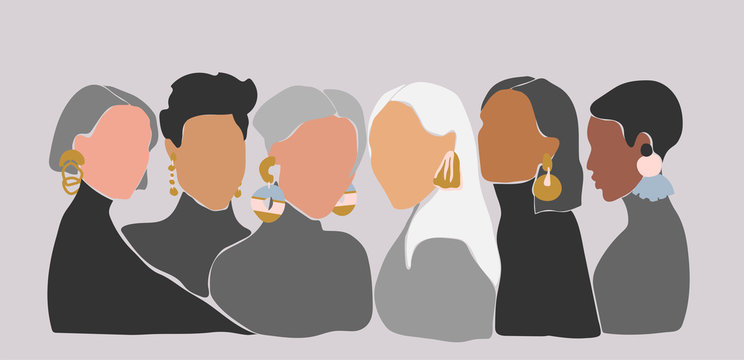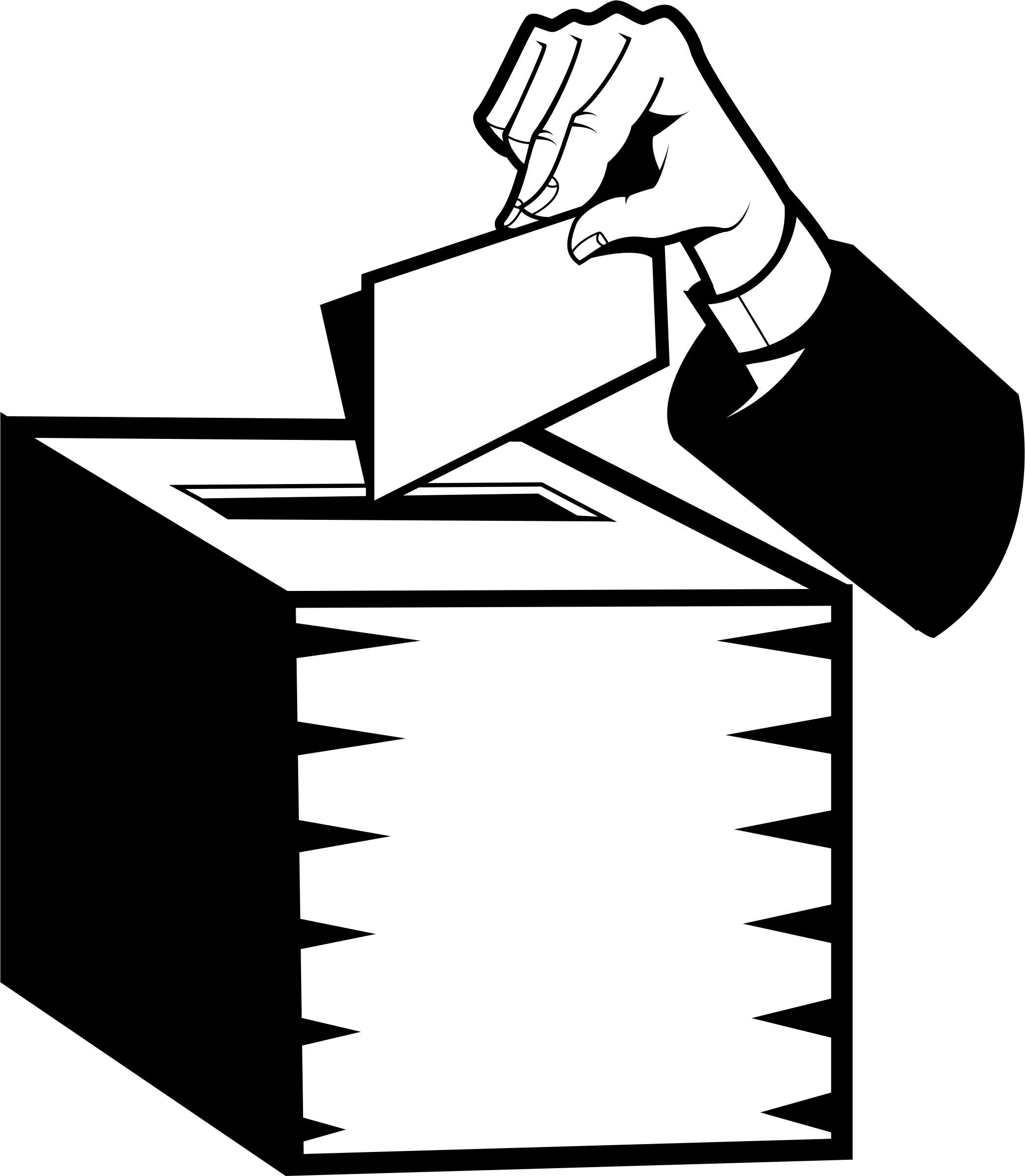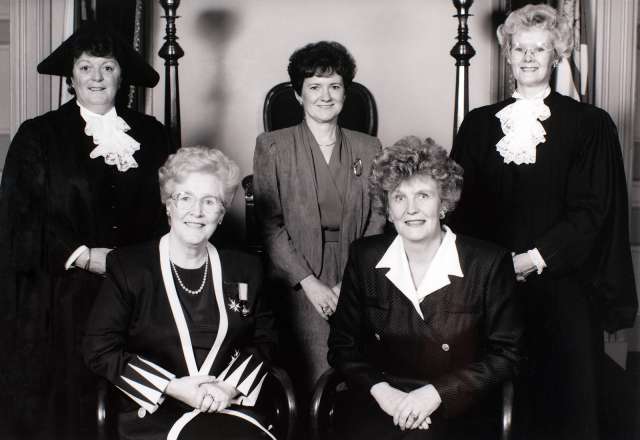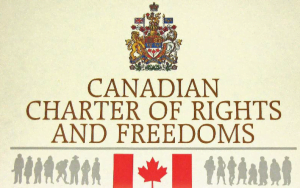
Women
Women's Roles

In Society

The main role of women in the 50s was to
take care of their families. They were supposed
to be caring mother, homemakers, and obedient wives.
"Modern mothers" were supposed to be the
"ideal woman". These women would not have:
a) Jobs
b) Friends
c) Anything else that could be distracting from
their household duties or families.
Some women went against the "traditional" ways
that other women lived. These women would either
go to college and very few of them got jobs. Women
that did go to college were often pressured into careers
that would help them be better housewives, for example,
interior decorating and family finance.


In the Economy
Jobs
During the War
Up until the War women rarely had jobs. After the War began, more and more men were leaving to go to the battlefield so women had to step in to do their jobs. They had to learn how to do all the "manly jobs", for example, a mechanic. Although the circumstances were not ideal, it was great that the women were finally able to work.
Gender Wage Gap
The Gender Wage Gap is the average difference between men and women's salaries. Women were and are more likely to be paid less by their employers even if they are doing the same job as the men they work with. This is still a problem today and only now, after so many years, is it being addresses.
The Glass Ceiling
This a term that is used to represent the invisible barrier that is stopping women from reaching/going above a certain level in the workspace. An example of this is being denied a promotion even though you have all of the qualifications, just because you are a woman.


1967 Royal Commission on the Status of
Women in Canada
This Commission was created to recommend what
steps can be taken by the federal government to ensure
that women have equal oppurtunities in all aspects of society.
Without feminist activists, this commission may have never
existed. These women were tired of living with their unequal
status and knew that Canada would be a lot better if women were able to thrive, without limits.
Recommendations
Employers would not be allowed to discriminate based on
gender or marital status
The government would fund daycare facilities better
The Government should appoint more women to be
judges and senators.
Impact
Outlawed discrimination based on gender and marital status.
Women that were emplyed by the government were to receive
equal pay for equal work.
Women would receive up to 25 weeks of maternity leave.
There would be tax deductions for daycare.
Women + Politics

Voting
Before the First World War, women in Canada were
already fighting battles against the people who thought
they should not vote. Those who supported the idea of women
voting were called suffragists. This group of people was very disruptive in their efforts to fight the inequality that women were facing. After the War began women were the ones that had to work, since most of the men were leaving. This is what showed people how important the women were and that they needed their rights.
Provincial Voting Timeline
a) January 1916: Manitoba grants women the right to vote in provincial elections and to stand for political office.
b) March 1916: Saskatchewan grants women the right to vote in provincial elections and to stand for political office.
c) April 1916: Alberta grants women the right to vote in provincial elections and to stand for political office.
d) April 1917: British Columbia and Ontario grant women the right to vote in provincial elections and to stand for political office.
e) April 1918: Nova Scotia grants women the right to vote in provincial elections and to stand for political office.
f) April 1919: New Brunswick grants women the right to vote in provincial elections, but not to stand for political office.
g) July 1919: Women become eligible to stand for office in the Canadian House of Commons but they are not eligible to be appointed to the Senate.
h) May 1922: Prince Edward Island grants women the right to vote in provincial elections and to stand for political office.
i) 1925: Newfoundland grants women the right to vote in provincial elections and to stand for political office. (Newfoundland was not part of Canada at this time.)
k) March 1934: New Brunswick grants women the right to run for political office.
l) April 1940: Quebec grants women the right to vote in provincial elections and stand for political office.

Federal Voting Timeline
a) August/September 1917: The Military Voters Act gives all serving military personnel, including military nurses, the right to vote in federal elections.
b) May 1918: The Federal Women's Franchise Act gives all women British subjects aged 21 and over the right to vote in federal elections.


The Famous 5 was a group of women (Emily Murphy, Nellie McClung, Irene Parlby, Louise McKinney and Henrietta Muir Edwards) that fought for the right for women to be able to be appointed to the Canadian Senate.
The Famous Five petitioned the Supreme Court of Canada to establish whether women can be appointed to the Canadian Senate. Justice Minister Ernest Lapoint directed the Supreme Court to rule specifically on the meaning of “person” (under section 24 of the British North America Act). The Supreme Court of Canada then rules that women are not "persons", therefore they are not eligible to be appointed to the Senate. This group of women then appealed to the Privy Council of England, who overturned Canada's ruling! Now women can be appointed to Senate and more importantly they cannot be denied any other rights!

Female Politicians

Cairine Reay MacKay
On February 15 1930, she was appointed the first woman to the Canadian Senate (this was only 1 year after the case involving the Famous 5).
She did many things during her
time as Senate.
She helped found + run political organizations that encouraged women and youth to get involved in politics.

She was an advocate for the admission of European refugees to Canada.
She created divorce laws so that women would have more rights and independance.

She supported a national health insurance scheme

Agnes Macphail
In 1921,she was the first woman elected to the Canadian House of Commons. Macphail was the only woman that was elected to Parliament in 1921 (which was the first federal election in which women could vote). She served as a Member of Parliament until she was defeated, in the 1940 election. While she was a member of Ontario's legislation, one of her biggest accomplishments was the fact that she advocated for Ontario's first equal pay legislation, in 1951.
During her time as a Member of Parliament she stood up for the rights of:
a) Miners
b) Immigrants
c) Prisoners
d) Women
e) And any other marginalized groups
There were also 4 other women who ran
in this election: Harriet Dick, Rose Mary Henderson,
Elizabeth Bethune Kiely and Harriet Dunlop Prenter.
Important Women

Viola Desmond
Early Life + Background
Viola Desmond was born on July 6th in 1914 and died on February 7th, 1965. She was a beautician and a mentor to young black women in Nova Scotia via her Desmond School of Beauty Culture. Although she was already admired, it was her act of courage on November 8th, 1946 that really made her stand out.
Her Legacy
On this night Viola refused to leave the area of the Roseland Theatre that was reserved for white people only. When she didn’t leave a police officer was called and she was arrested. She was then taken to court and fined $26 because she had allegedly refused to pay the amusement tax, which was not true.

After the Trial
Desmond’s husband thought that it was better to leave it alone and pay the fine but the others in their community thought differently.The Nova Scotia Association for the Advancement of Coloured People (NSAACP) raised money so that she could fight her conviction. Even after trying for so long, Viola's conviction was never reversed. Her lawyer had decided not to charge her so the money that was raised went into helping fight racial discrimination. Desmond's story was also published in a newspaper, which brought a lot more attention to the harm being done. A lot more of Nova Scotia's black population were tired of living the way they were so they started to speak out as well. Finally, in 1954 segregation was legally ended in Nova Scotia, which was all thanks to Viola Desmond.
Mary Two-Axe Earley
Early Life + Background
Mary Earley was born on October 4th, 1911 and died on
August 21st, 1996. She was born on the Mohawk reserve at Caughnawaga (as it was then called) on Montréal's South Shore. When she was 10 she moved to North Dakota with her mother. After her mother died (from the Spanish flu) Mary's grandfather brought her back to the reserve. Later, when she was 18 she moved to New York and married an Irish-American man and together they had 2 children. Since she married someone that was not Indian she had lost her status as one herself (due to the Indian Act). In 1966, Mary's friend, who had also lost her status after marrying a non-Indian man, suffered a heart-attack and passed away.
Her Legacy
After her friend had passed she felt angry. Eerley believed that the stress of her friend having to sell her house and leave the reserve was what had really caused her death. Her friend was also not allowed to be buried on the Kahnawake reserve. When this happened Mary started to organize a campaign that would help First Nations women to gain equal rights. Equal Rights for Indian Women (which later became the national Indian Rights for Indian Women) was the name of the organization. As a part of this organization Two-Axe Earley wrote a lot of letters, made many speeches and presented submissions to government task forces and ministers. She faced opposition from male First Nations leaders a lot too, who feared that the marriage of Indian women to non-Indians would lead to the erosion of Aboriginal autonomy. Two-Axe Earley wrote to Senator Thérèse Casgrain (a strong advocate of women's rights in Quebec) who urged her to submit a brief to the Royal Commission on the Status of Women in Canada (established in 1967). Two-Axe Earley then led a group before the Commission, to "protest that our rights, our birthright has been taken away." After, the Comission declared that "Indian women and men should enjoy the same rights and privileges in matters of marriage and property as other Canadians."


Bill C-31:
On June 28, 1985, almost two decades after Mary Two-Axe Earley began her campaign, the Parliament of Canada passed Bill C-31. This amended the Indian Act and made sure it lined up with the equality provisions of the Canadian Charter of Rights and Freedoms (which came into effect on April 17 of that year). Bill C-31 removed the discrimination endured by First Nations women by restoring Indian status and membership rights to the thousands who had married non-Indians. Along with that, two generations of children from those marriages were given Indian status immediately. This would have meant that they also gained access to federal programs and services and were able to apply for membership in a band.
Indigenous Women

The Indian Act
Under the Indian Act, so many
women were mistreated and none
had the same rights as the men.

When a man is enfranchised he receives
a plot of land. Women, on the other hand,
do not.
Women were not allowed to vote in the band
council elections until 1951.

Marriage
If a woman's Indian husband dies
she would lose her own status, unless
she married another Indian man.
Indian women would lose their status if they married
a non-Indian man (their children would not have the
status of an Indian either), whereas men would get to
keep their status even if they married a non-Indian
woman.
If a woman's husband decided to enfranchise, her
status (along with their children if they have any)
will be revoked regardless of what she (and their
children) wants.
